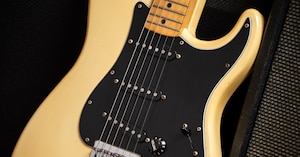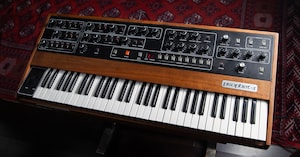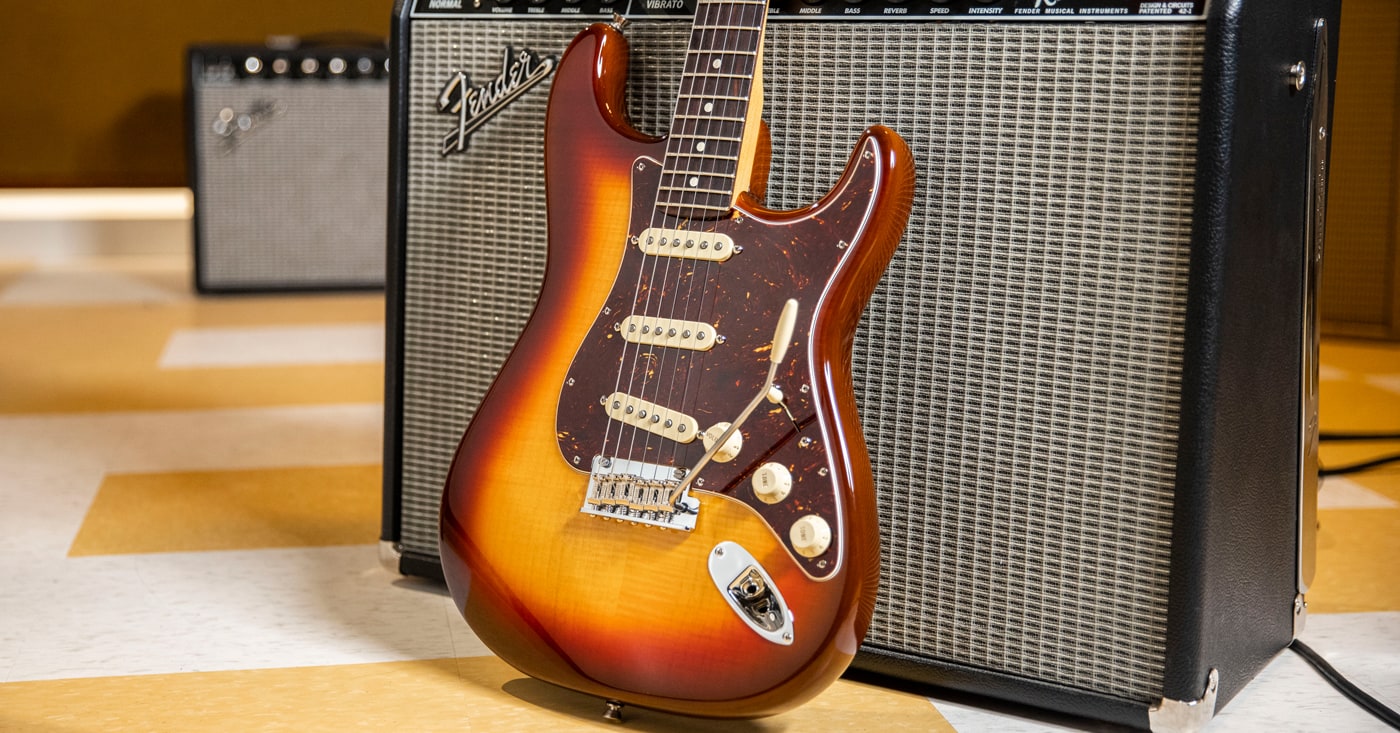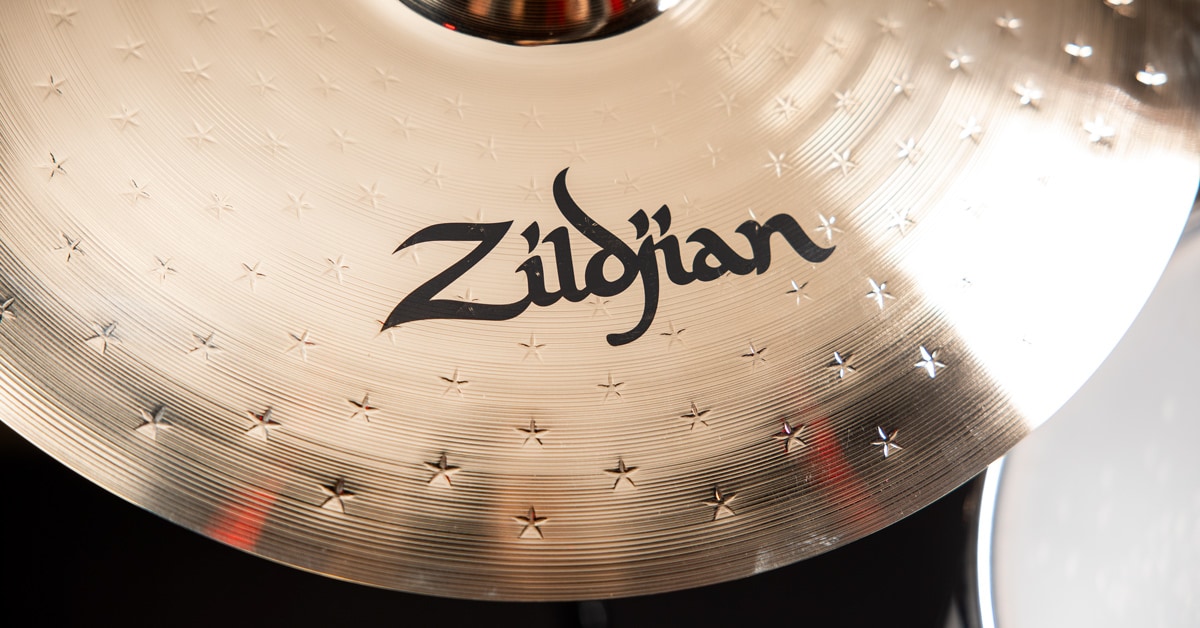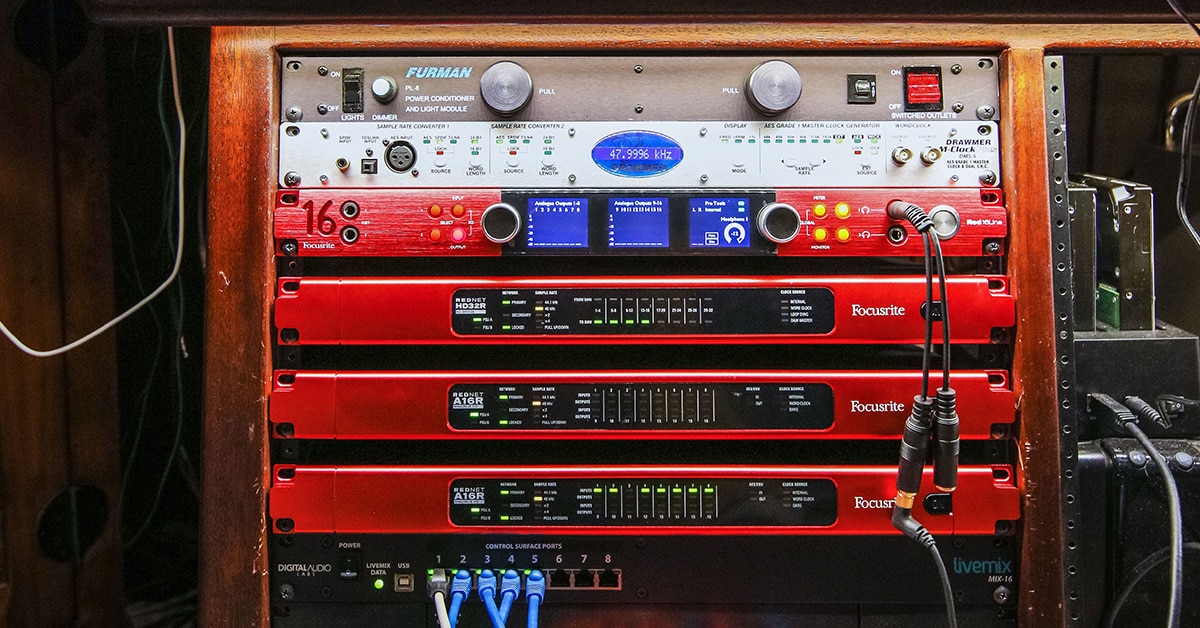The future of how recording studios manage and transmit audio is here. Over the past several years, networked audio has developed and matured to a place where it is easier than ever to address common problems and drastically improve workflows. Instead of running hundreds of feet of analog audio cable and snakes, you can often accomplish the same goal (and with higher audio fidelity) through the marvel of networked audio.
Networked audio is a powerful solution for many environments, including multi-room studio facilities, schools, music technology educational programs and post-production. In this article, we’ll cover the benefits of networked audio and some of the most popular industry standard protocols.
Benefits of Networked Audio
Networked audio is a cost-effective way to connect network-enabled devices across multiple rooms in a studio. Because the connections between devices and rooms remain in data packets, it’s incredibly easy and seamless to route audio to multiple destinations without any loss in fidelity. Not only that, but networked audio makes cable runs and connections tidier than ever, thanks to the high channel counts you can transmit over a single Ethernet cable.
Simplicity and Versatility
Another benefit of networked audio is that its installation and system integration is often greatly simplified compared to conventional configurations. There are simply fewer technical challenges that an installer will need to mitigate to ensure an optimal working audio environment. Networked audio installations are generally less time consuming to integrate, and they also easily scale and grow with you over time as your needs evolve. This could be as simple as adding additional audio input or output devices to your setup, or perhaps you’ve added a new room that needs to be connected in your facility.
Whatever new needs you have, there’s a good chance that just about any modern networked audio solution will easily expand with you and do so affordably. With networked audio, it’s easy to integrate single pieces of gear—for example, the Focusrite X2P can be quickly added to any Dante Audio Network for monitoring. It’s as simple as making an Ethernet connection and routing the new device within Dante Controller.
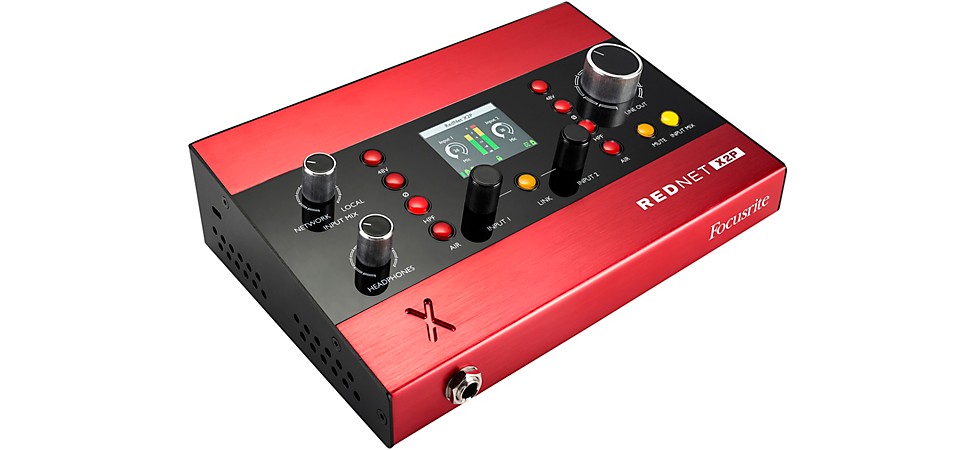
Pictured: Focusrite RedNet X2P Audio Interface
Contact the team at Guitar Center Professional for white glove service that will help you spec out the ideal solution for you, from product selection to installation.
Building Your Networked Audio Infrastructure
When it comes time to build out the physical infrastructure for your networked audio installation, you’ll find that you can use common, widely available network hardware including switches, routers and cables. This makes integration easy and budget-friendly, as the network hardware will be readily available and at a lower cost compared to highly specialized network solutions.
Standard Networked Audio Protocols
The two most popular industry protocols for networked audio are Dante and AVB. Both protocols work perfectly well with standard CAT 5e or CAT 6 Ethernet cables, though fiber-optic cable is required for cable runs longer than 100 meters, which opens up the potential to connect a networked audio solution throughout a large building or campus.
Dante
The Dante protocol was developed by Audinate and is used by some of the biggest names in pro audio, including Focusrite, Neve, Apogee, Yamaha, Lynx, Burl and more. It’s a lossless audio technology, so there’s no compression applied to the signal being transmitted over the network. Any device that is Dante-enabled is compatible with any other Dante device, regardless of the manufacturer. And at 48kHz, Dante supports up to 512 in and 512 out channels simultaneously and boasts a maximum latency of 1 ms. Like AVB, Dante also supports up to 192kHz and Ethernet cable runs up to 100 meters between network switches.

Pictured: Focusrite RedNet A16R MkII 16-channel Bi-Directional Analog Interface
Two popular Dante-enabled products are the Focusrite RedNet and Cisco SG350-10MP 10-Port Gigabit PoE Managed Switch.
AVB
AVB stands for Audio Video Bridging and is a protocol created to route audio, video and control data using Gigabit or 100BASE-T Ethernet in conjunction with AVB-compatible switches. AVB supports up to 384 simultaneous channels at 48kHz with 2 ms of latency. It also supports sample rates up to 192kHz, albeit at lower channel counts. It’s used by a variety of audio manufacturers including Avid, PreSonus, MOTU, RME, Waves, Apple, Harman and more.

Pictured: Avid Pro Tools | Carbon Hybrid Ethernet Audio Interface
The Avid Pro Tools | Carbon Hybrid Ethernet Audio Interface and PreSonus SW5E AVB Switch are two examples of popular products that use the AVB protocol.
Other Networked Audio Protocols
There are a variety of other networked audio protocols, including AES67, CobraNet, Ravenna, Q-LAN and more, but AVB and Dante are the two most likely to be found in professional commercial studio applications. By choosing AVB or Dante, you are more likely to have compatible gear now and well into the future as you expand your system.
Networked Audio Recap
Networked audio makes it easier than ever to perform audio system installations, connect multi-room facilities, and route audio in ways that simply weren’t possible just a few years ago. Networked audio installations are considered more affordable, more flexible and infinitely more scalable compared to analog systems. In many cases, you just need to run a few Ethernet cables and you’ve connected multiple rooms, audio gear and more.
For the best advice in planning your Dante or AVB networked audio installation, contact our team of studio professionals at Guitar Center for a free consultation.


